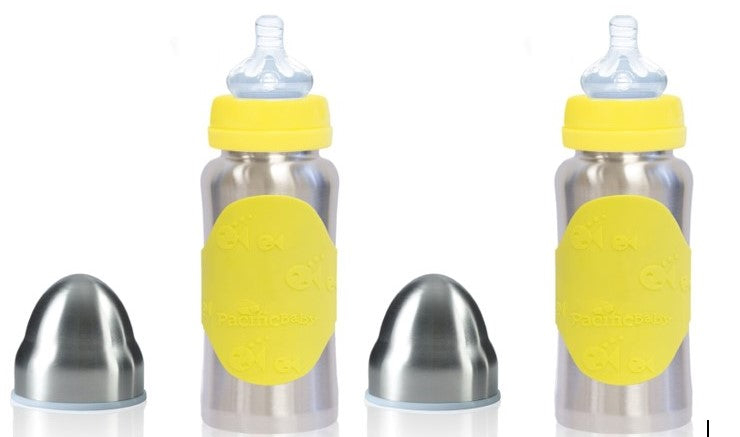

A lot of parents will worry that the child is having fevers and they’re sort of shaking and shivery. The increased muscle tone and activity also produce the shivering and the chills. It increases things like your heart rate, your blood pressure, your breathing rate, your muscle tone, activity, things like that in order to help you to sort of fight off whatever is infecting you. It also helps increase your metabolic rate. One of the best reasons for a fever is that the hotter body temperature can actually help slow down the growth of these viruses and bacteria, which can help of course, to reduce that infection and help you not to be as sick. It produces a fever for a number of different reasons. When your body’s attacked, one of the first things it will do to sort of signal that there is this invasion is produce a fever. When your body’s attacked, it activates what’s called the immune system, which is kind of the military for your body. It really is sort of an attack on your body. Most of the time infections are caused by viruses or bacteria, which are organisms that will use your healthy body to grow and sort of help themselves to survive, so they make copies inside you. Usually that something else is an infection. For pediatricians, the fever is really more of an indication that there is something going on, something else. A lot of parents will understandably focus on the fever feeling like that’s really the big issue. Is fever a sign that there’s something going wrong with a child?Ī fever itself is not a problem. That said, parents should do what is comfortable and report the method of measurement to your pediatrician. Up to age three is actually the common recommendation. Until what age should parents take a rectal temperature on a child? That’s another good way to measure a core body temperature, but really the best way and the gold standard is rectal. In older kids and adults, clearly the more comfortable way to do it is through an oral thermometer. We do this more for babies and for toddlers because we want to get their core body temperature, and it’s hard to do that any other way. The gold standard for measuring temperature is rectally, which is not the most comfortable, obviously. The definition of fever for adults is 100.4 degrees or higher of a core body temperature. So 97 to 99 tends to be more of a normal temperature for them. So 99.5 is actually normal for a lot of babies, but having said that we like our newborns to be within a certain window. In a newborn, which we define as a baby between the ages of zero and three months, their normal body temperature can actually be in the 99s. They also have very active growing tissues and growing tissues give off heat. They’re smaller and their weight is smaller, but they have a lot of surface area where they can give off heat. Mostly this is because because they have a greater surface area to body weight ratio.

Your temperature can actually vary by up to one degree throughout the entire day, and that’s just when you’re feeling normal.īabies and toddlers tend to have a higher normal body temperature than older kids and adults. What typically happens throughout the day is that your normal body temperature is coolest in the morning and then hottest in the evening.

Understanding what a fever actually is might make you a little bit more comfortable with it.įever accounts for about a third of all the pediatric conditions we see in the office sick visits. And it’s scary to see them get hot and be miserable. No doubt, it’s scary to watch your child be sick. Fevers in kids are one of the most common issues that we see as pediatric providers, and it’s one of the biggest causes for concern for parents.


 0 kommentar(er)
0 kommentar(er)
